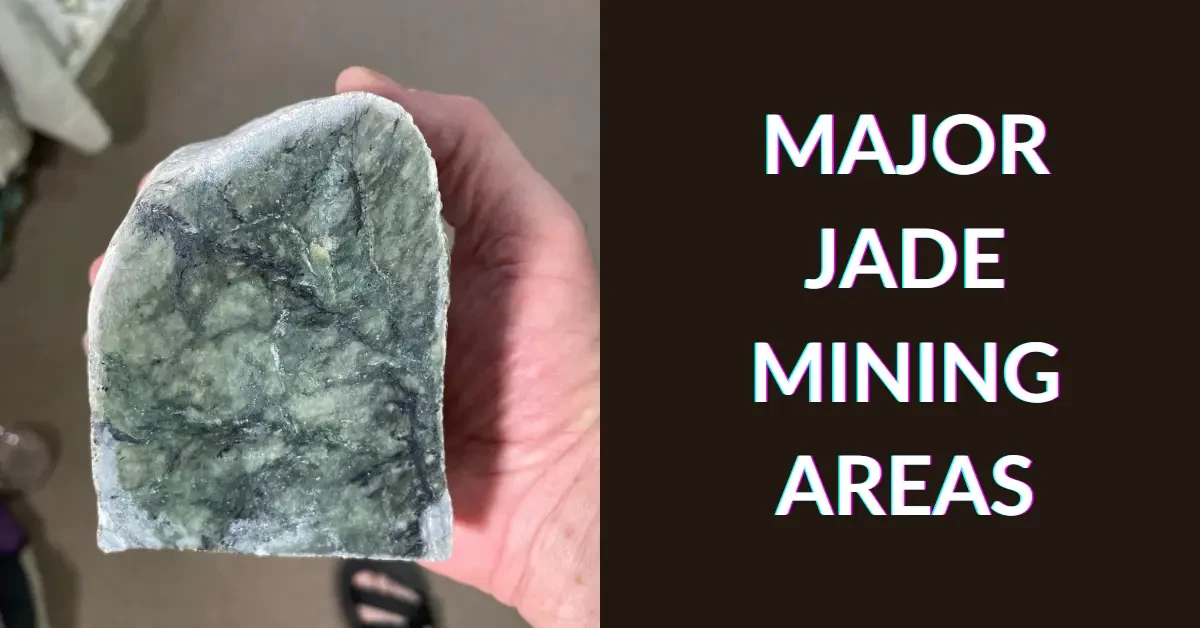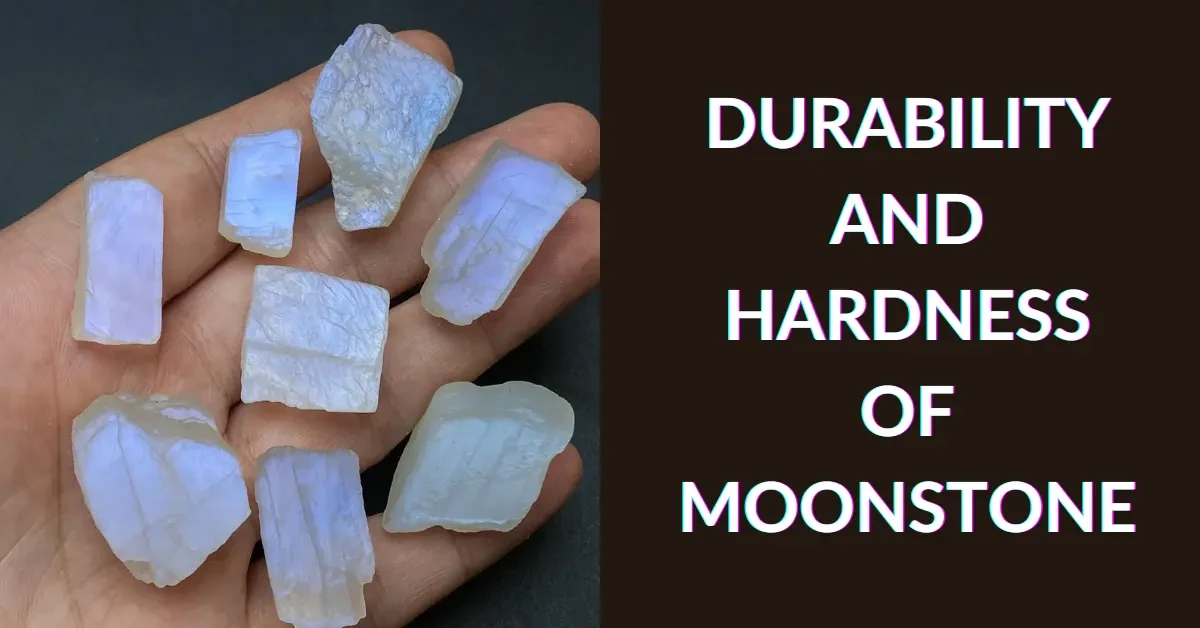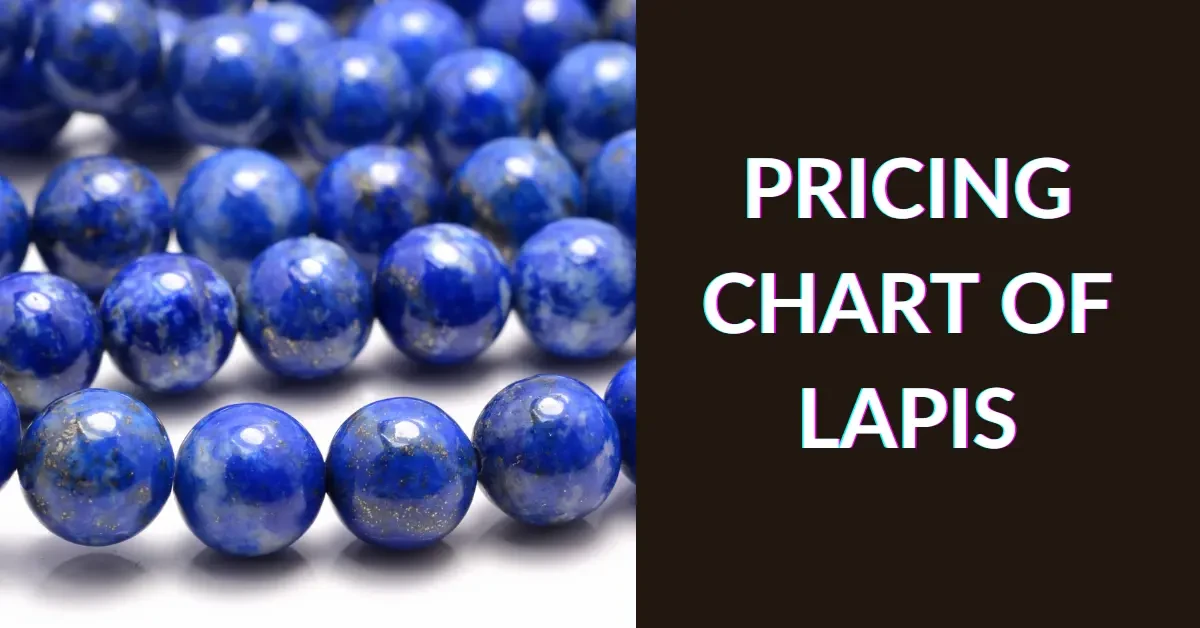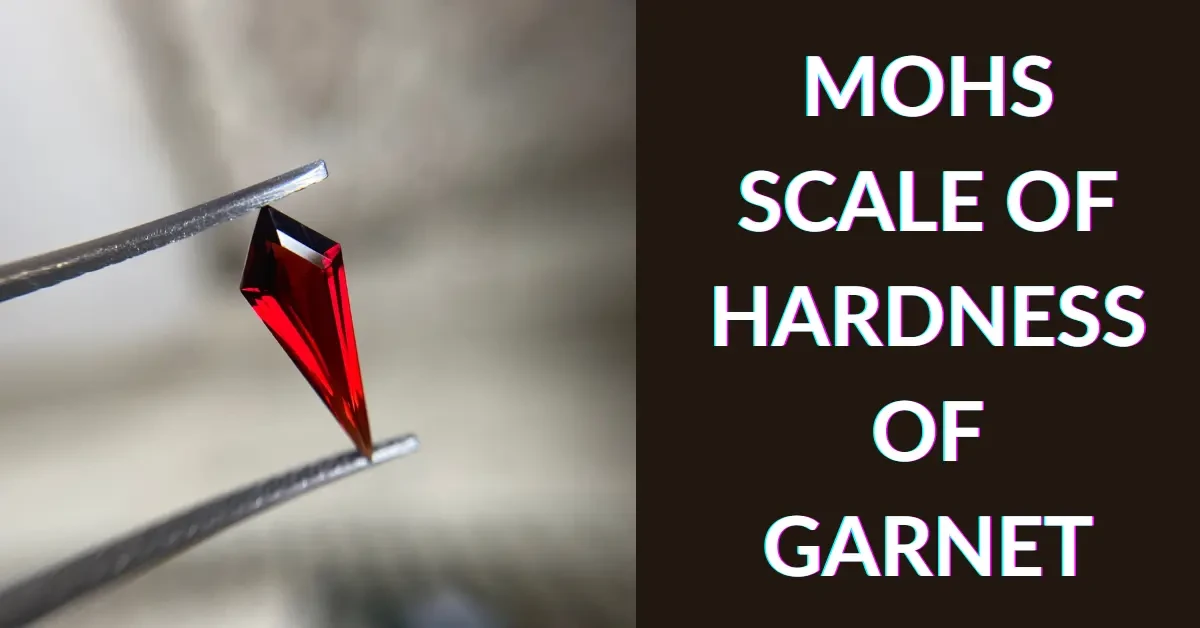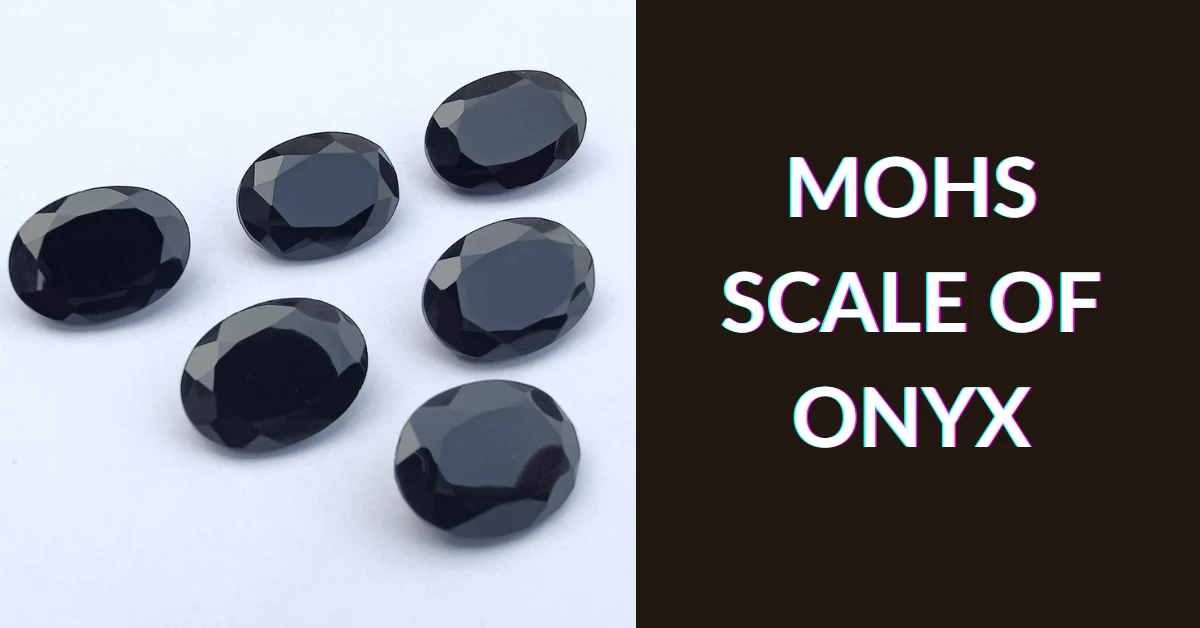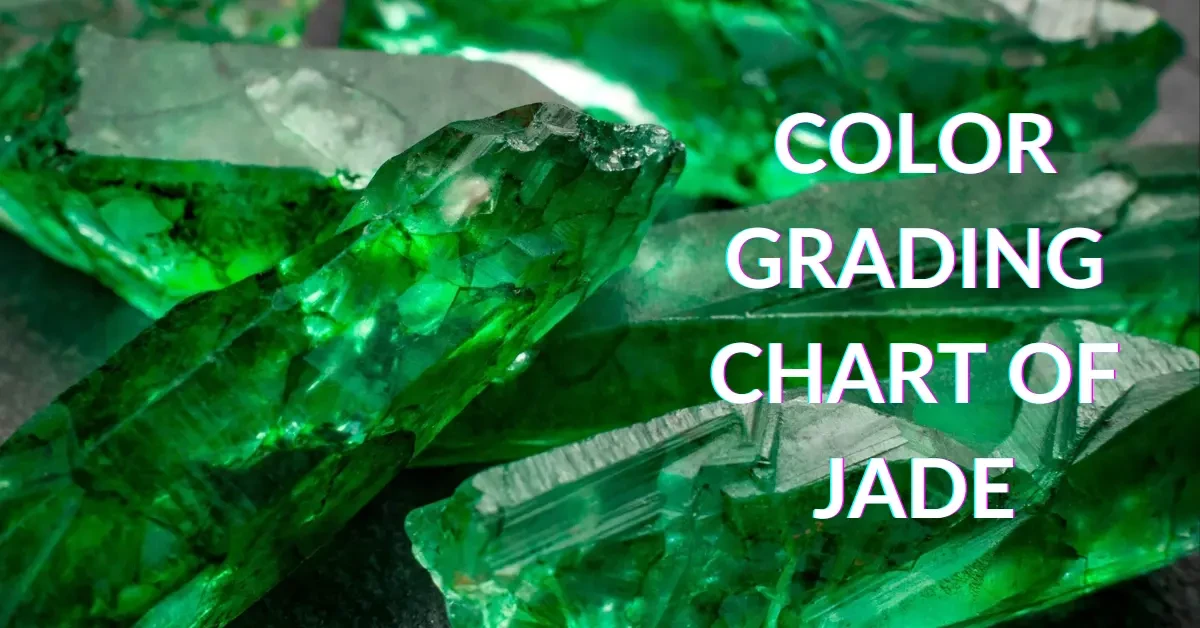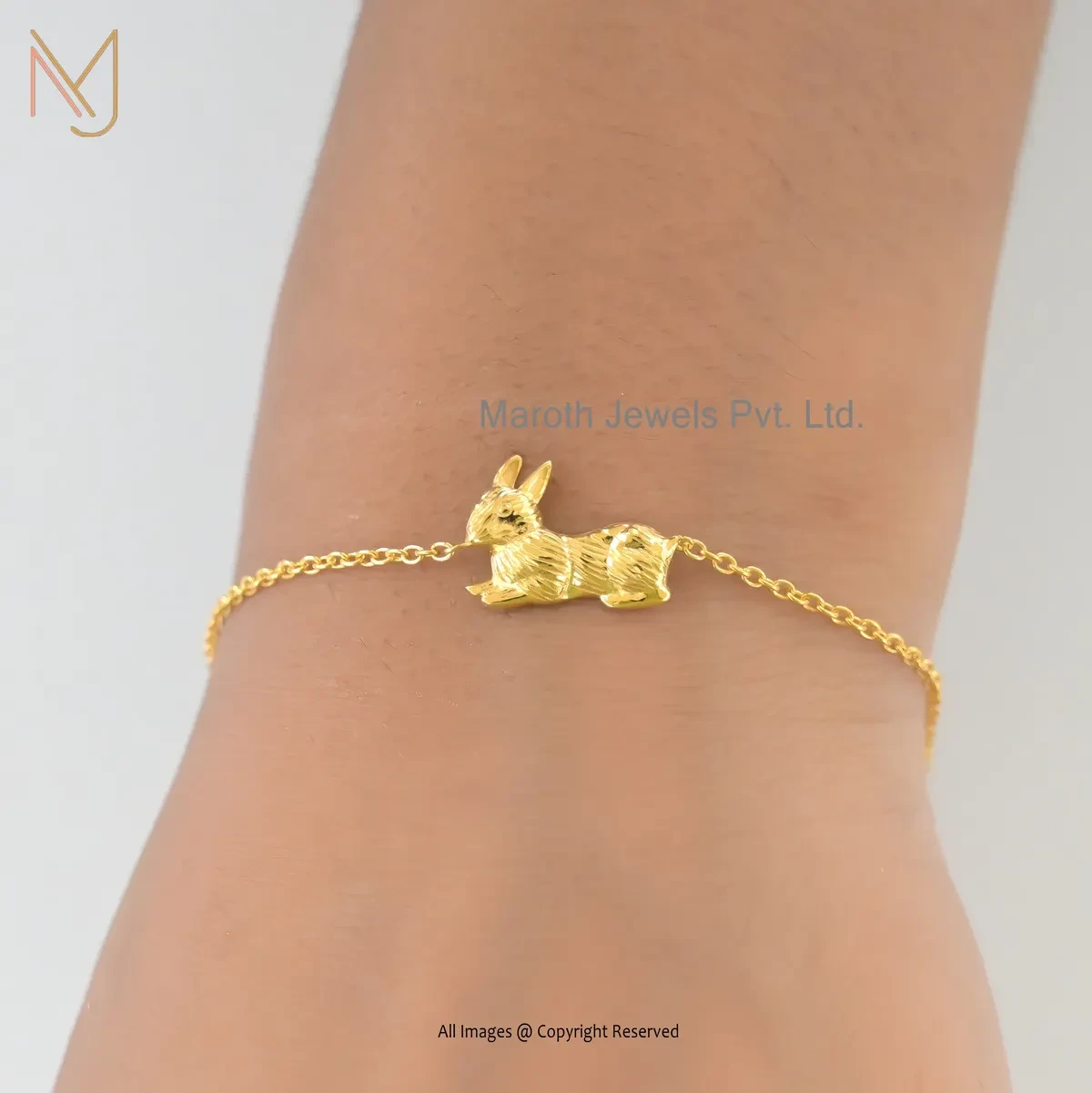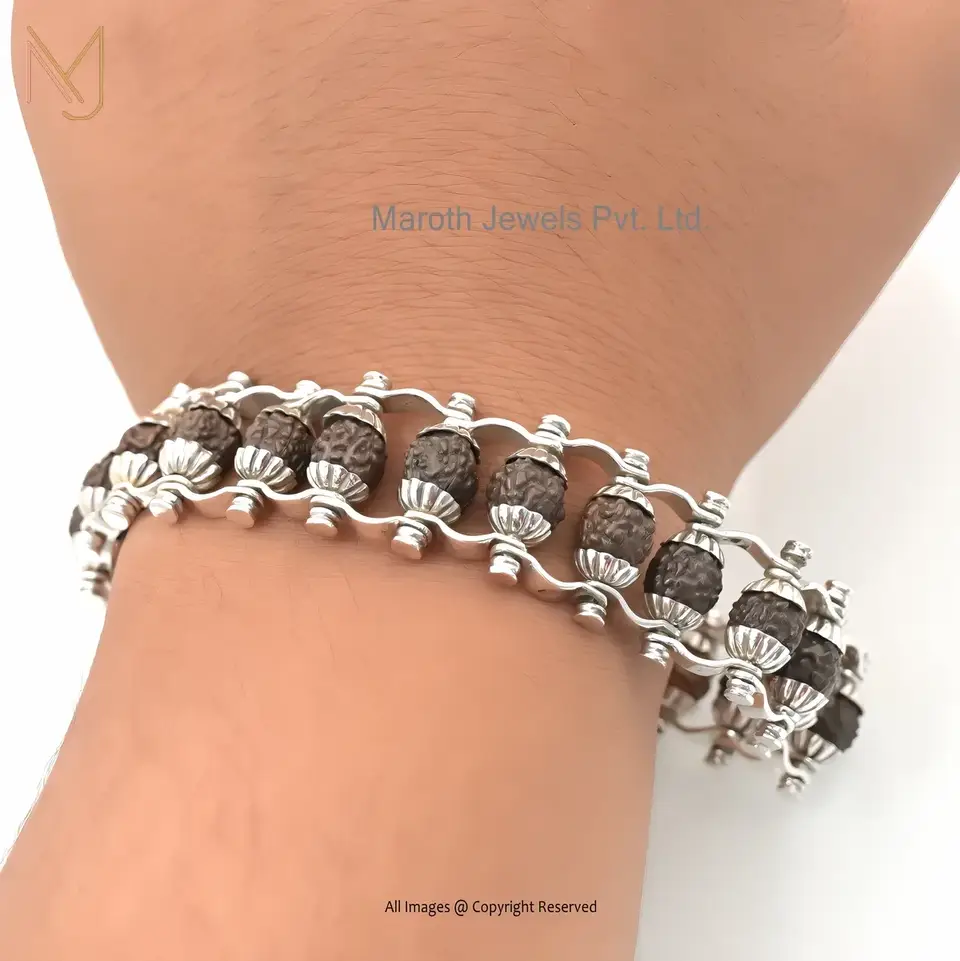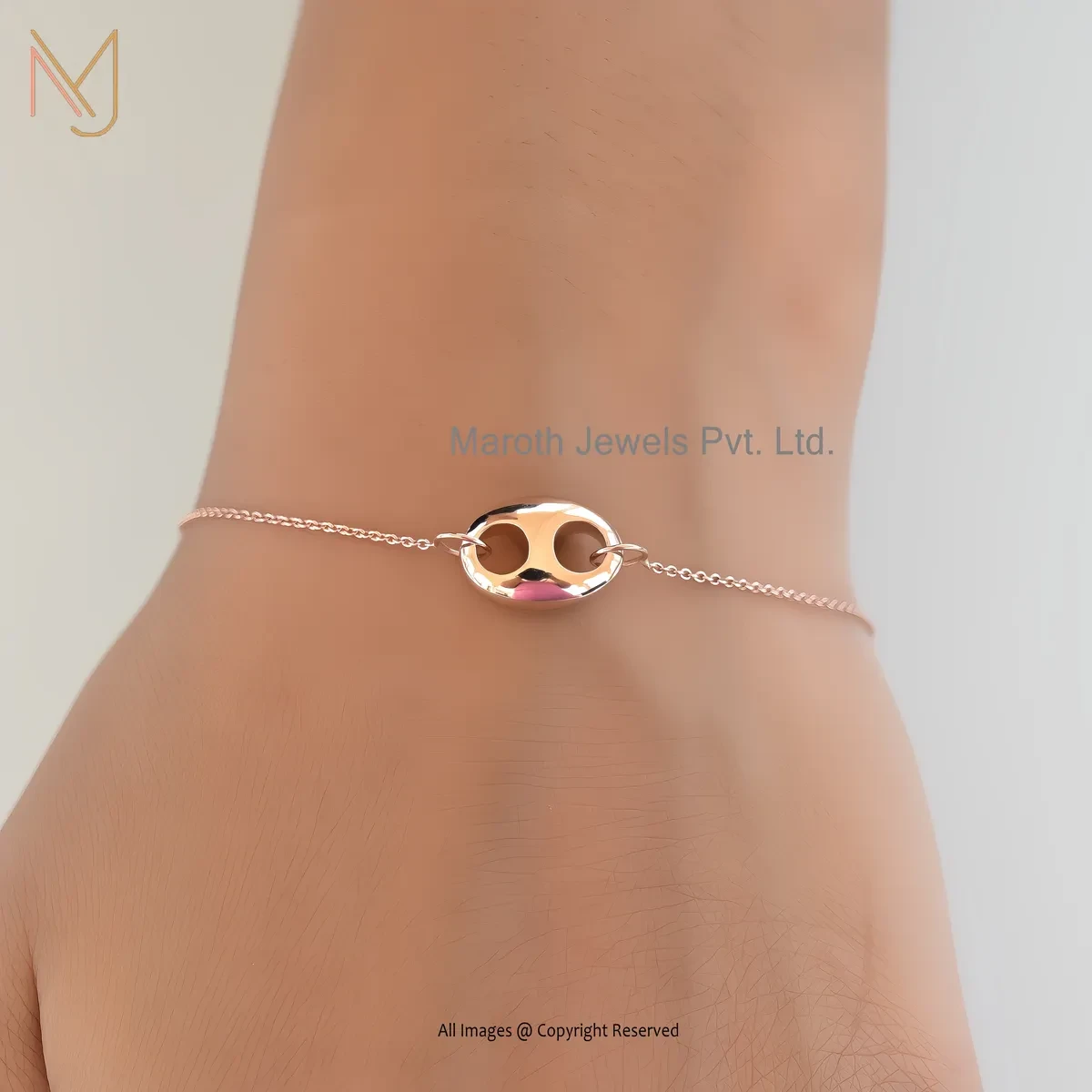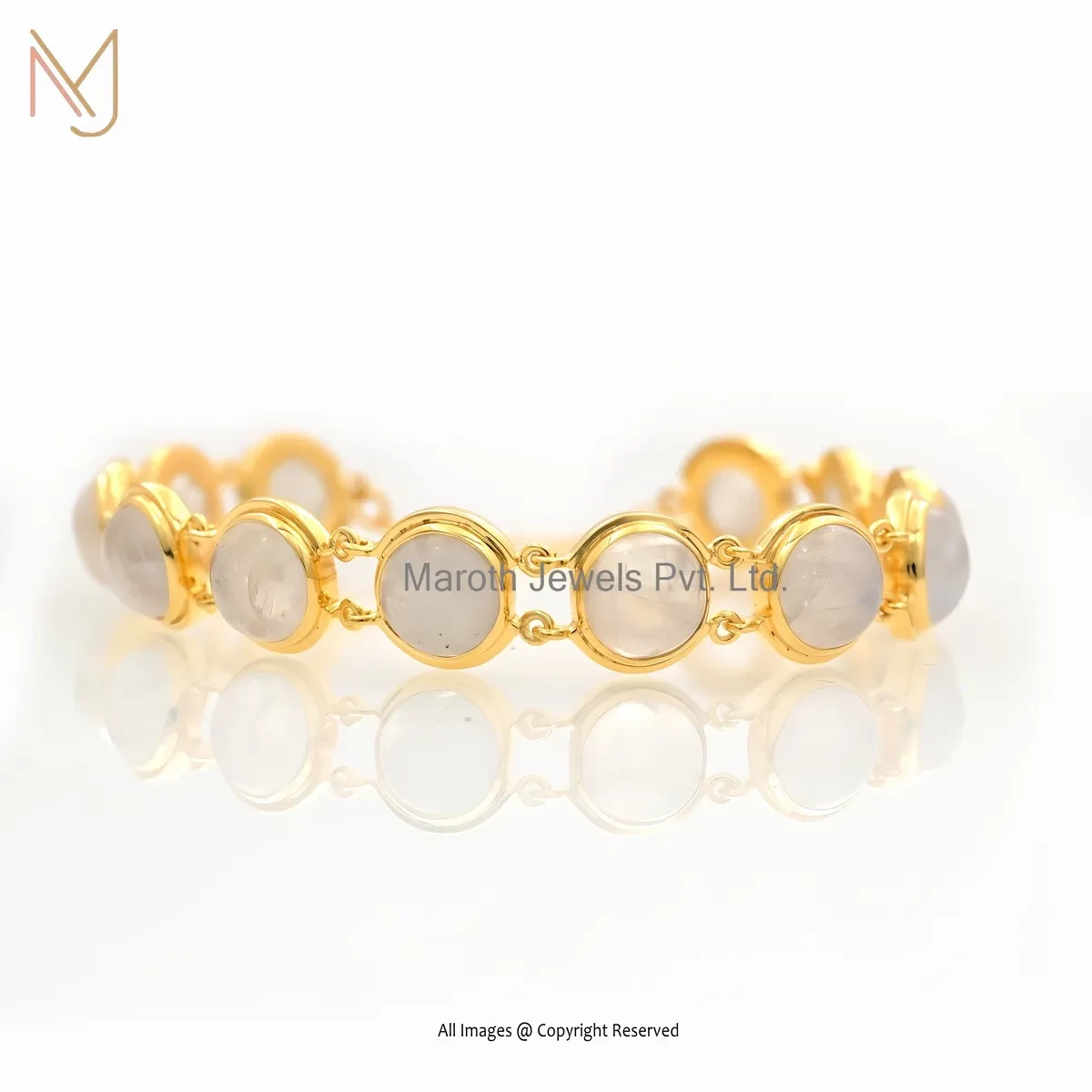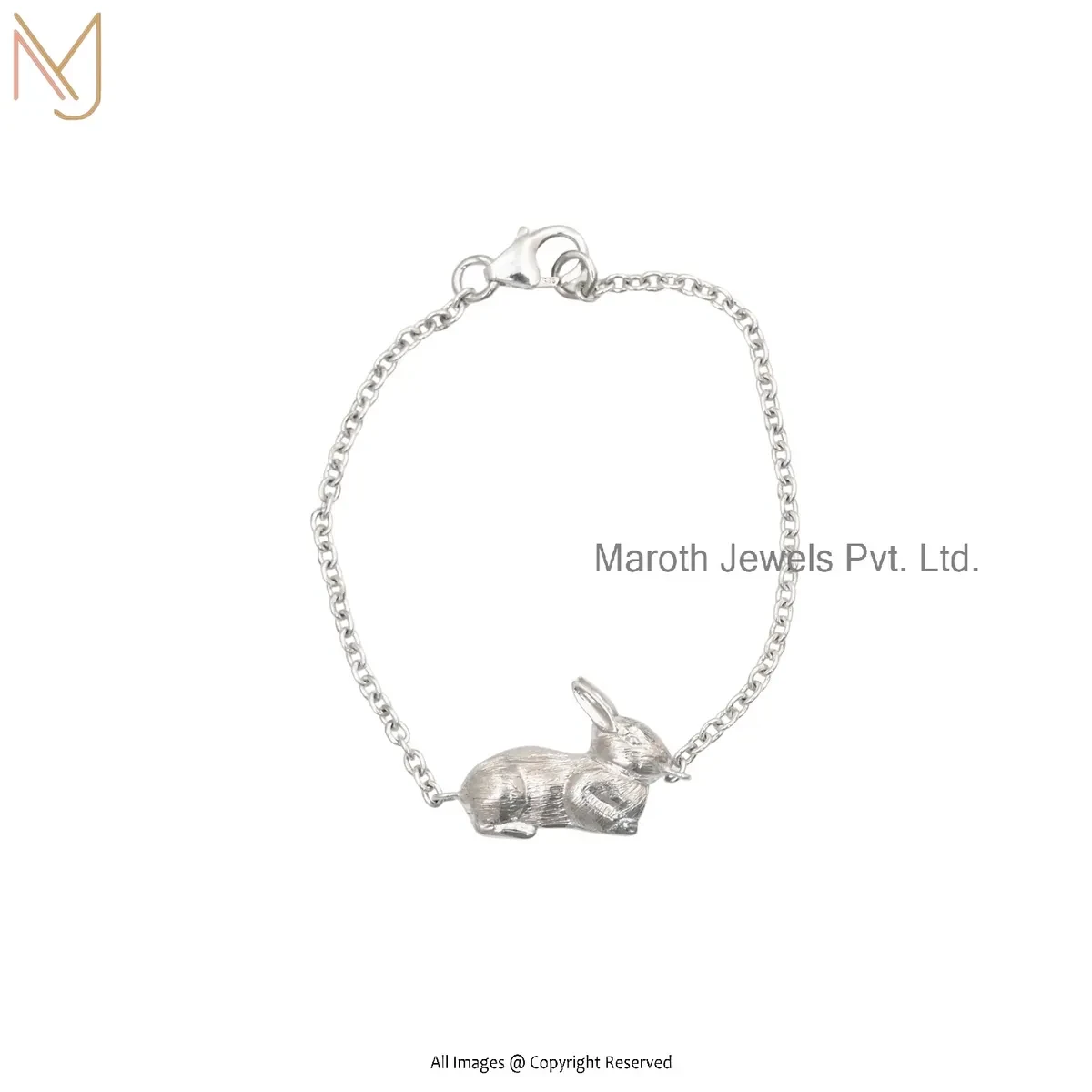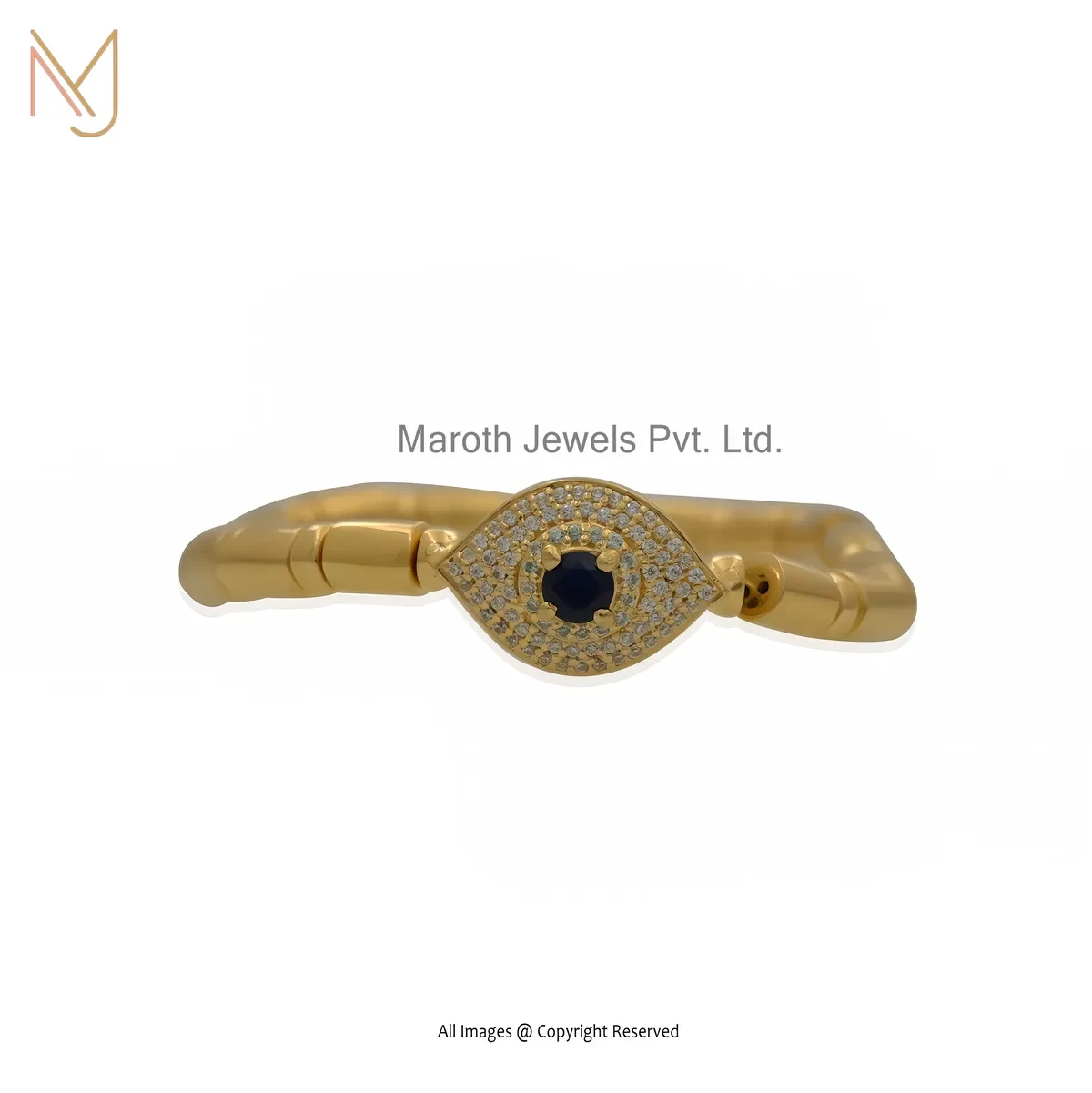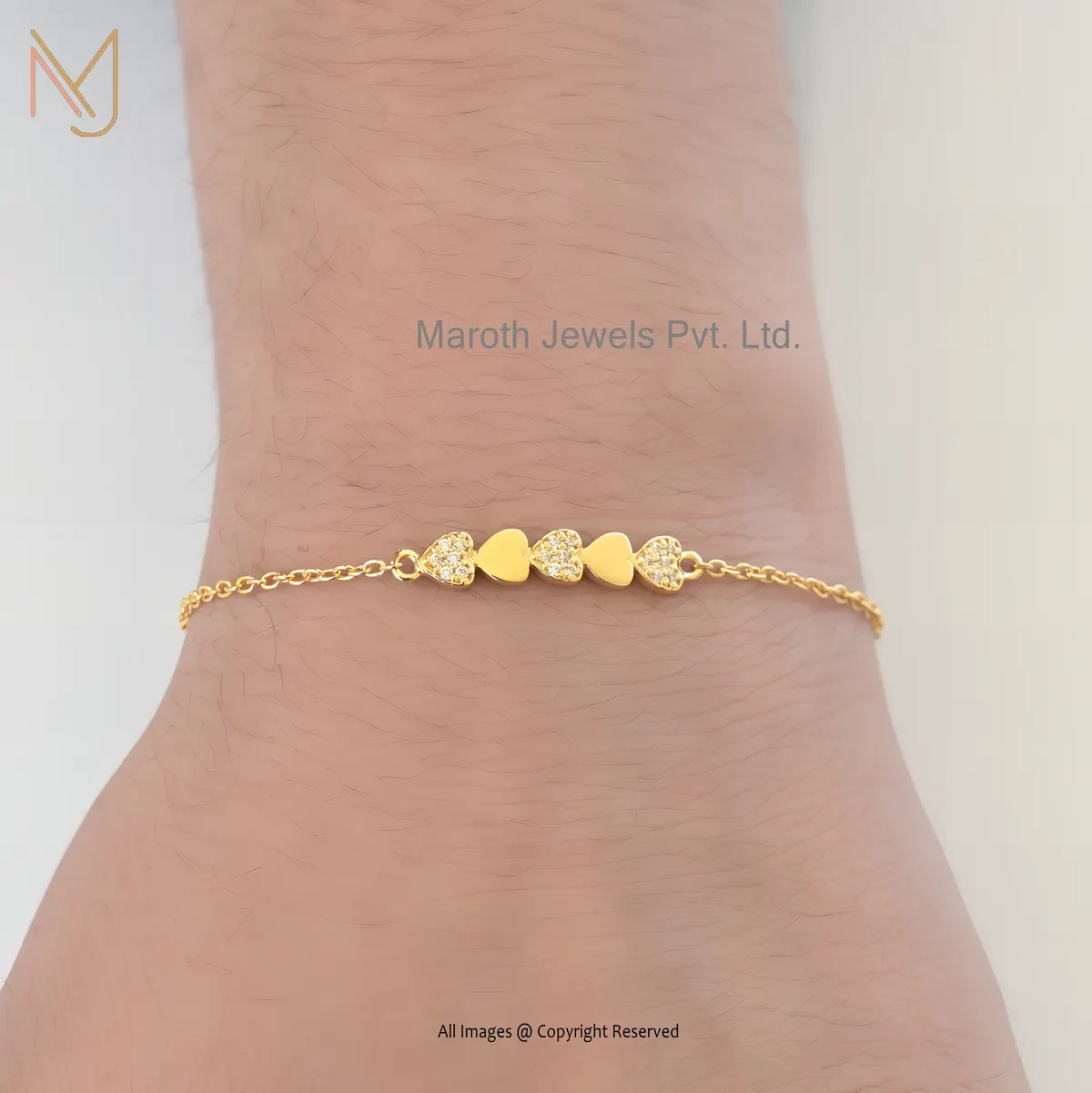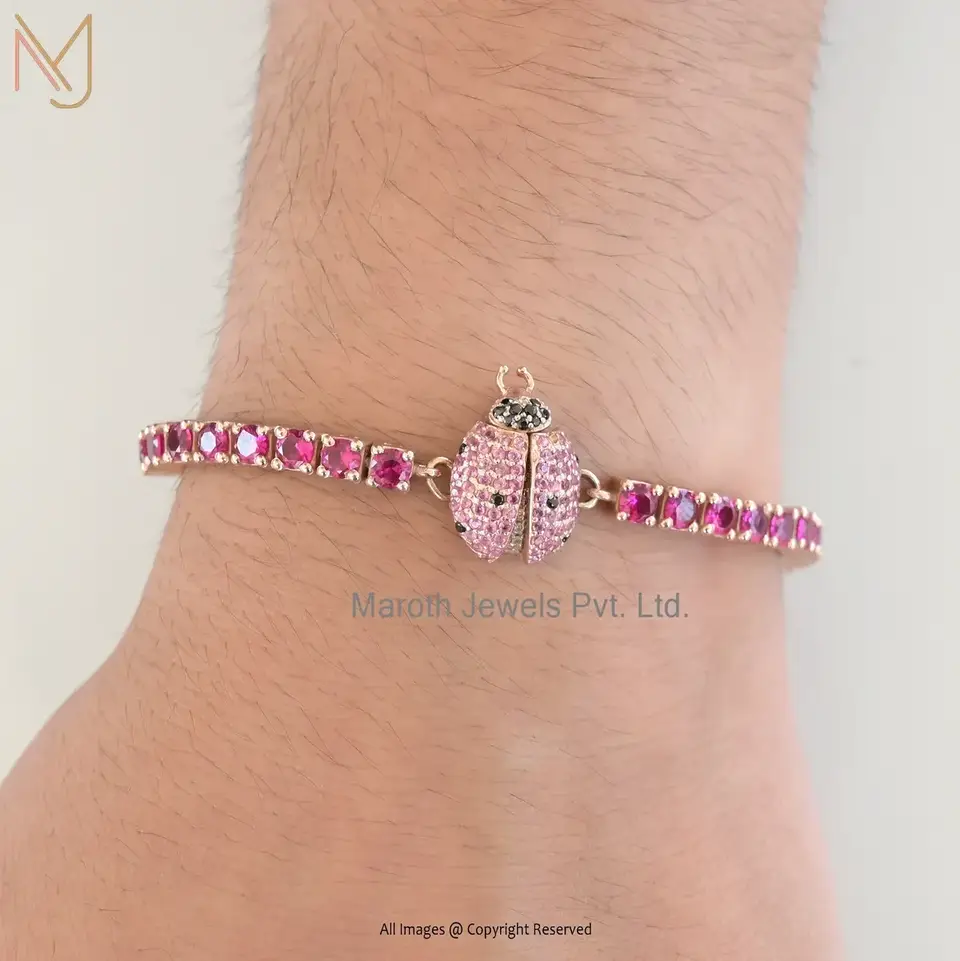Mohs Scale of Fluorite

Mohs Scale of Fluorite
Durability and hardness of Fluorite are also important factors contributing to its usage in numerous applications as it is relatively soft with the Mohs scale rating of 4, which means that it needs special handling.
The issues we shall discuss in this blog are what makes Fluorite durable and hard and this is important information we can use to take care of and preserve this delicate yet beautiful gem.
Being aware of how durable and hard Fluorite is, collectors and enthusiasts will be able to make effective choices and guarantee their Fluorite objects would look beautiful and in great condition with time.
Overview of the Mohs Scale
The Mohs Scale of Hardness is an important instrument in gemology and mineralogy, and was created by a German mineralogist of the same name, Friedrich Mohs, in 1812.
It offers a universal scale of measurement and comparison of the relative hardness of different minerals and gemstones. The scale is made of 1-10 each level is a level of hardness. The Mohs Scale is described in the following way:
Talc (Mohs Hardness 1):
The mineral of the softest on the Mohs Scale is talc. It is so tender that it can easily be scratched by a fingernail. Products such as talcum powder make use of talc.
Gypsum (Mohs Hardness 2):
Gypsum is a bit harder than talc and may be scratched with fingernail. It is normally applied in plaster and construction materials.
Calcite (Mohs Hardness 3):
Calcite is a common mineral which has been used in the geological formations. It is usually utilized in cement and lime manufacturing.
Fluorite (Mohs Hardiness 4):
Fluorite is a common gemstone which is identified by its brilliant colors. It is not particularly hard like several other gemstones and minerals.
Apatite (Mohs Hardness 5):
Apatite is an element that is usually found in phosphate rock and it is used in the making of fertilizers. It is also a gem stone that comes in different colors either blue or green.
Orthoclase Feldspar (Mohs Hardness 6):
Feldspar is currently one of the most widespread minerals found in the crust of the Earth. It finds application in production of ceramics and glass.
Quartz (Mohs Hardness 7):
Quartz is the most abundant mineral that is available in a variety of gem forms such as amethyst, citrine, and smoky quartz. It is a widely used gemstone and it is utilized in industries.
Fluorites and their Mohs Ratings
Fluorite is an interesting gemstone which is famous because of its bright color and optical phenomena. Speaking of fluorite in terms of Mohs Scale of Hardness, one should learn about the relative hardness of the material and how it can be compared with other minerals on the scale.
Fluorite falls in the spectrum between talc ( Mohs 1 ) and gypsum ( Mohs 2 ) by being given a Mohs hardness rating of 4. This implies that fluorites are moderately soft unlike other gemstones and minerals. It is not so difficult but its individual beauty and fascinating color contrasts is a desired treasure of jewelry and lapidary art.
The knowledge of the placement of fluorite on the Mohs Scale of Hardness has a number of applications in practical use:
Scratch Resistance:
Scratch resistance of the fluorite is 4 meaning that the hardness of the stone is comparatively vulnerable to scratches as compared to other tougher gem stones. So, one should be careful when working with fluorite jewelry to avoid abrasions on its surface. One should not wear pieces of fluorite in activities that are likely to expose them to abrasive surfaces.
Durability:
Although fluorite is not the hardest of all gemstones, compared to such a gemstone as sapphire or diamond, it is rather durable. Fluorite jewelry can be worn by generations when it is well taken care of, as it can keep its evident beauty even with age.
Cleaning:
In cleaning the fluorite gemstones, one must be careful that they are not scratched through the use of a light method of cleaning. Wipe your fluorite jewelry using a soft brush or cloth and a low concentration of soap solution and be thoroughly rinsed to get all traces off.
Setting Choice:
Jewelers usually take into account the moderate hardness of the gem when making jewelry using it. To minimize the possibility of direct contact with abrasive surfaces, protective settings may be employed, e.g., the control of abrasive surfaces with the help of bezels or prongs, which facilitate the preservation of the integrity of the gem.
The hardness of fluorite has a critical role to play in jewelry or decorative work made of it. It is not as difficult as other gemstones; nevertheless, its beauty is in its beautiful colors and optical characteristics
Mohs Scale weaknesses
The Mohs Scale of Hardness is a useful instrument to gemologists, mineralogists and geologists in order to establish the relative scratch hardness of minerals and gemstones. But it should be noted that it has certain limitations in terms of use in examining fluorites and other gemstones. The following are the major restrictions of the Mohs Scale concerning fluorite:
Limited Scale: Mohs Scale is a scale of 10 minerals that are characterized by their hardness. The Mohs hardness of fluorite ranges between 4 and 4, which is not very wide. This scale might not offer accurate differentiation of gemstones of hardness within the entire numbers. To give an example, hardness of different fluorites may differ according to the impurities or structure differences but the scale does not consider such subtleties.
Ordinal Scale: Mohs Scale is an ordinal scale that is, the scale ranks minerals against each other in terms of their relative hardness. It lacks any quantitative measure of hardness. This may be constraining where one requires accurate values of hardness in order to use them scientifically or even in engineering.
Non-linear Progression: Scale is not linear; i.e. the hardening between any two levels is not constant. As an illustration, the hardness of the talc (Mohs 1) and gypsum (Mohs 2) differs more than the hardness of the fluorite (Mohs 4) and apatite (Mohs 5). This nonlinearity may render it difficult to determine the relative hardness of gem stones in the scale correctly.
No Information on Toughness: The Mohs Scale does not include any details on toughness, but includes information on the scratch resistance of the substance and the toughness is understood as the capacity of a gemstone to endure a hit and fracture. The toughness of fluorite, e.g., does not appear on the scale, and this is important data that must be used to determine the general durability of the product.
Poor Generality: Mohs Scale is mainly used to estimate the ability of a gemstone to resist scratches caused by harder materials. It does not take into consideration other factors that may be used to determine the longevity of a gem like cleavage, fracture pattern or ease of damage by chemicals. These are also important in the determination of the wearability of a gemstone.
What is the way to test the hardness of gems at home using the objects around?
You can do this yourself with some simple testing items and substances that are used every day to detect the hardness of gems and other minerals.
Our Fingernails are on the hardness range of 2.5. And thus, when the surface of a mineral is scratched with your fingernail, it has a less hardness than 2.5, and when it is not scratched, it has a more hardness.
In a similar manner, these are some of the items, which can be used to test the scratch resistance.
Copper Penny - 3.5
Knife - 5.5
Steel nail - 6.5
Hardened Steel - 8
In the end
With the right treatment and management, fluorite gemstones can further be used to impress and beautify jewelry designs and thus, it remains a very desired and special gemstone among the jewelry makers and jewellery lovers.
Recent Posts
Color grading chart of Agate
Major Jade Mining Areas
Durability and Hardness of Moonstone
Mohs Scale of Fluorite
Pricing Chart of Lapis
Mohs Scale of Hardness of Garnet
Mohs Scale of Onyx
Pricing Chart of Smokey Quartz
Color grading chart of Jade
Related products
14K Yellow Gold Rabbit Bracelet Jewelry Supplier
925 Silver Yellow Gold Plated Rabbit Bracelet Jewelry Supplier
14K Yellow Gold Dragonfly Bracelet Custom Jewelry
925 Silver Yellow Gold Plated Dragonfly Bracelet Custom Jewelry
14K White Gold Rudraksh Bracelet Jewelry Supplier
925 Silver Natural Silver Plated Rudraksh Bracelet Jewelry Supplier
14K Yellow Gold Large Puffed Mariner Bracelet Manufacturer
925 Silver Yellow Gold Plated Large Puffed Mariner Bracelet Manufacturer
14K Yellow Gold Moonstone Bracelet Custom Jewelry
925 Silver Yellow Gold Plated Moonstone Bracelet Custom Jewelry
14K Yellow Gold Rabbit Chain Bracelet Jewelry Supplier
925 Silver Yellow Gold Plated Rabbit Chain Bracelet Jewelry Supplier
14K Yellow Gold Cubic Zircon Blue Topaz And Blue Sapphire Evil Eye Bracelet USA
Private Lable 14K Yellow Gold Cubic Zircon Heart Cable Chain Bracelet
14K Yellow Gold Cubic Zircon Handcrafted Chain Bracelet Manufacturer
Wholesale 14K Rose Gold Multi Cubic Zircon Ladybug Charm Bracelet
Wholesale 925 Silver Rose Gold Plated Multi Cubic Zircon Ladybug Charm Bracelet
Contact Us For Custom Jewelry
Please get in touch with us and share your ideas if you have personalized jewelry or are searching for a private label jewelry manufacturer. In accordance with your suggestions, we will make and present genuine jewelry.
Drop Us a Line
Scan QR Code
for immediate contact

